NEWS
Diplomatic colony in Dedinje – meeting the beauty of the Vencac marble sculptures and the green oasis
18.06.2021.News
Under the wing of the Symposium of Sculpture “White Vencac” and the Art Festival “Marble and Sounds” from 1966 until today, over two hundred artists from all five continents have continuously created more than two hundred and twenty works of art – marble sculptures, which are then exhibited in the exterior of parks and fountains in various cities in Serbia.
Property management and rental company “Dipos” d.o.o. Belgrade is the proud owner of some of the most beautiful marble sculptures created at the Symposium “White Vencac” in the period from 1980 to 2007, which today adorns the Diplomatic Colony in Dedinje.
Apart from the century-old park of Bukovicka Spa in Arandjelovac, the Diplomatic Colony in Dedinje is also a free sculpture park in which the beauty of the Vencac stone, richness of artistic expression, lush vegetation, silence, water noise and colorful flower beds are symbolically intertwined.
Art Festival “Marble and Sounds” Arandjelovac, Symposium of Sculpture “White Vencac”, “Liberation of the Stone”, Jan Dris, Belgium, 1980
Art Festival “Marble and Sounds” Arandjelovac, Symposium of Sculpture “White Vencac”, “Mask”, Omar Kamara, Guinea, 1989.
Art Festival “Marble and Sounds” Arandjelovac, Symposium of Sculpture “White Vencac”, “Cube”, Nagy Farid, Egypt, 2007
Art Festival “Marble and Sounds” Arandjelovac, Symposium of Sculpture “White Vencac”, “Listening to the Echo”, Dimitrije Popović, Croatia, 1990
Dimitrije Popovic had about sixty solo exhibitions, and he participated in more than one hundred and fifty group exhibitions and art events.
Art Festival “Marble and Sounds” – Symposium of Sculpture “White Vencac”
The Marble and Sounds Art Festival boasts a long tradition of artistic creation. In the period from 1966 to 1973, three forms of cultural and artistic activity were designed, each with specific features, but programmatically complementary: the Symposium of Sculpture “White Vencac” in 1966, the Festival “Marble and Sounds” in 1968 and the International festival “World of Ceramics” in 1973 with its symposia since 1974.
From the beginning, the symposium had the support of the most prominent art historians and art critics, both from the former Yugoslavia and later from all over the world.
All of them, as well as thousands of artists, gave and give both initial and for the future of the 21st century program impulses and guidelines, insisting on maintaining high artistic criteria in the selection of festival programs of the Art Festival “Marble and Sounds”.
Back in 1966, a group of artists and art lovers from Belgrade and Arandjelovac decided on the Symposium of Sculpture “Beli Vencac”.
That same summer, in the internationally well known marble mine, on the Vencac marble, seven artists carved their sculptures, which they will leave in the luxurious ambience of the Bukovicka Spa park and thus create a unique museum and collection of white marble sculptures under the open sky. Their names are worth mentioning: Matija Vukovic, Angelina Gatalica, Mira Jurisic, Oto Logo, all from Belgrade, Raja Nikolic from Arandjelovac, Jovan Soldatovic from Novi Sad and Sosana Hejman from Israel. Since then, their sculptures have been created within the symposium “White Vencac” by: Lynn Cedvik, Dusan Dzamonja, Kjus Kjubruk, Vida Jocic, Nikola Kolja Milunovic, Oto Logo, Ante Marinovic, Dragomir Mileusnic, Slavoljub Radojicic, Ratko Vulanovic, Claude Lost, Djo Pomodoro, Olga Jevric, Kengiro Azuma and many others. More than 200 artists created their works at the symposium “White Vencac” and their sculptures adorn many cities of the former Yugoslavia , except for 66 which are located in the park of Bukovicka Spa in Arandjelovac.

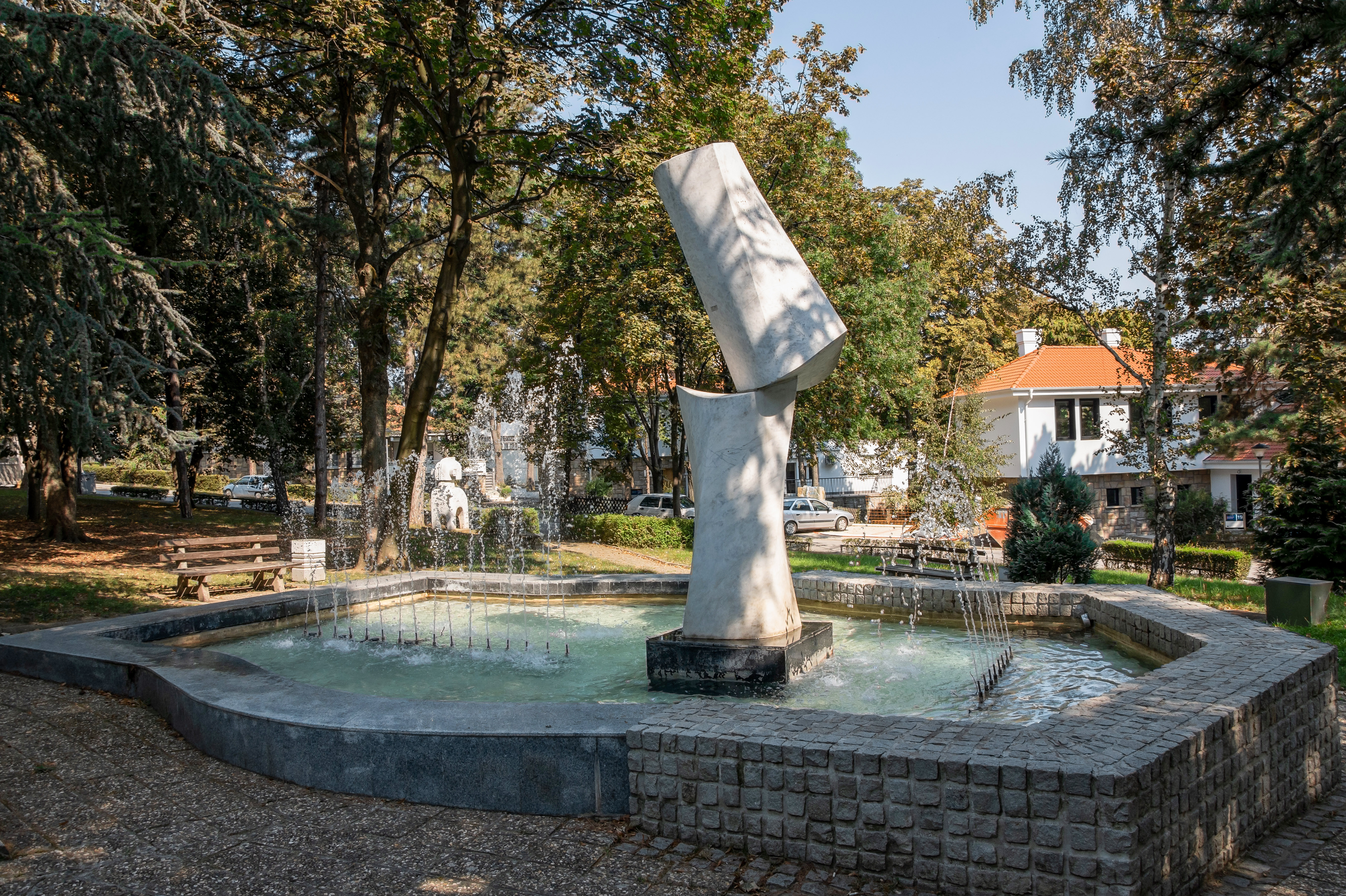


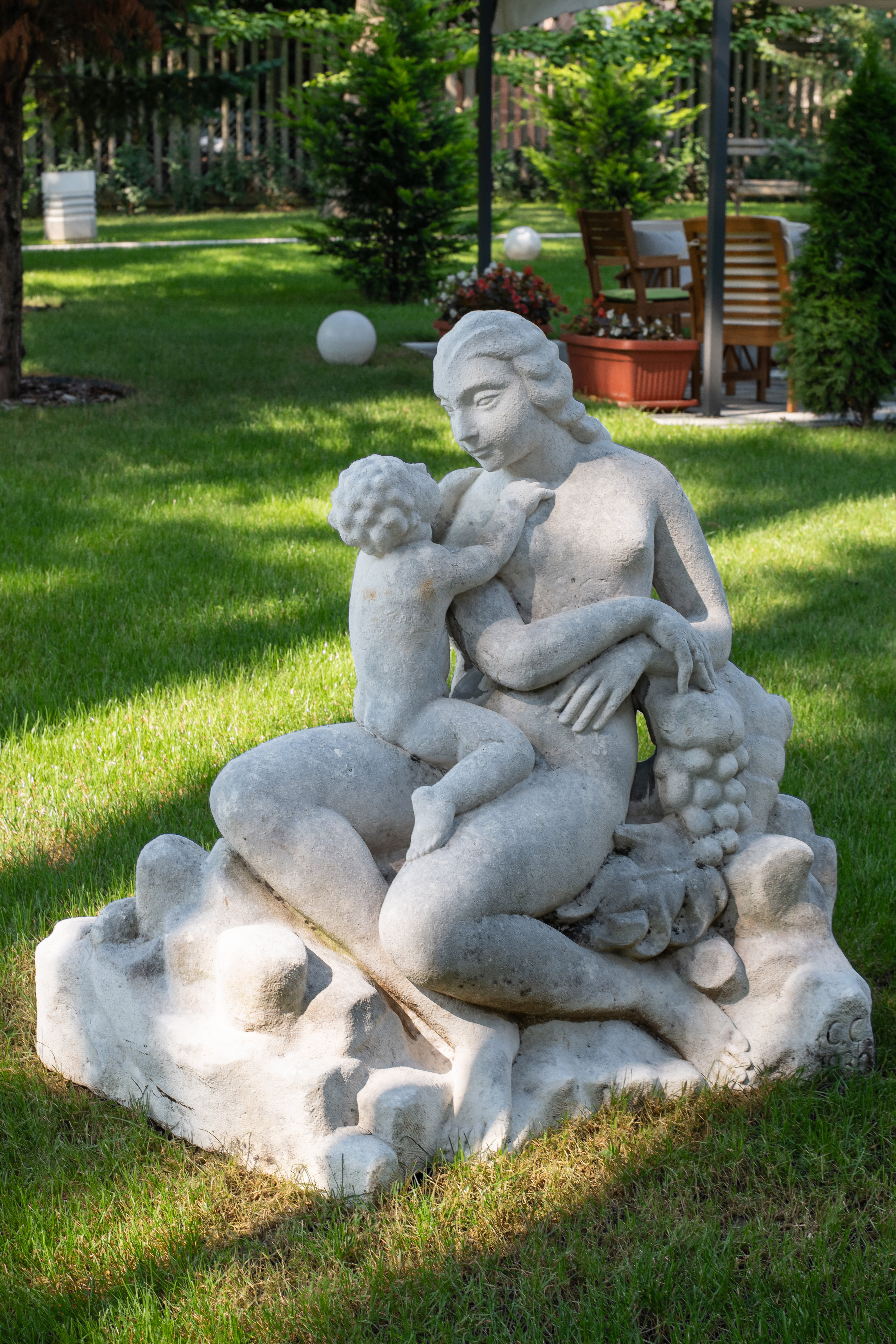

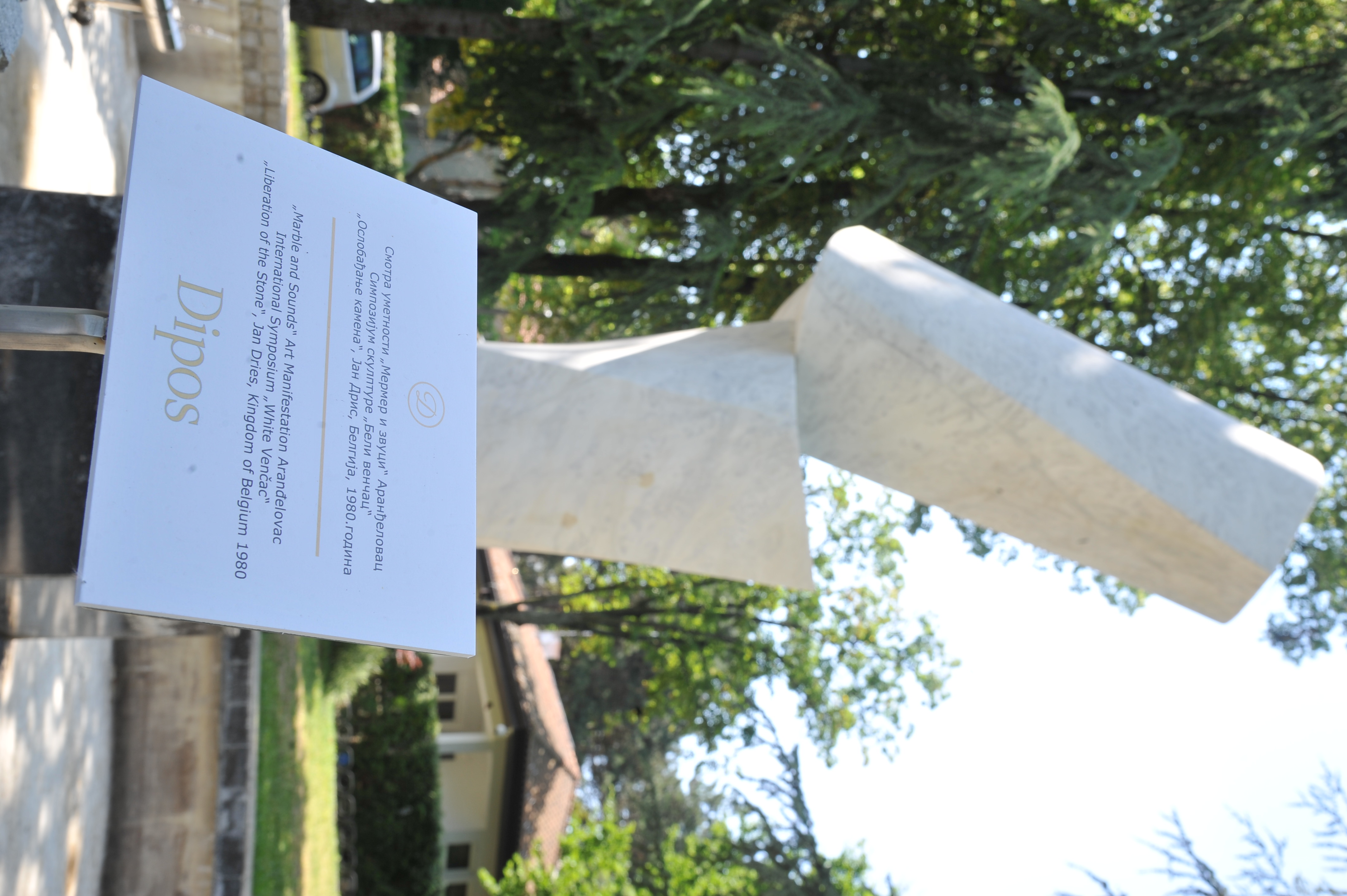
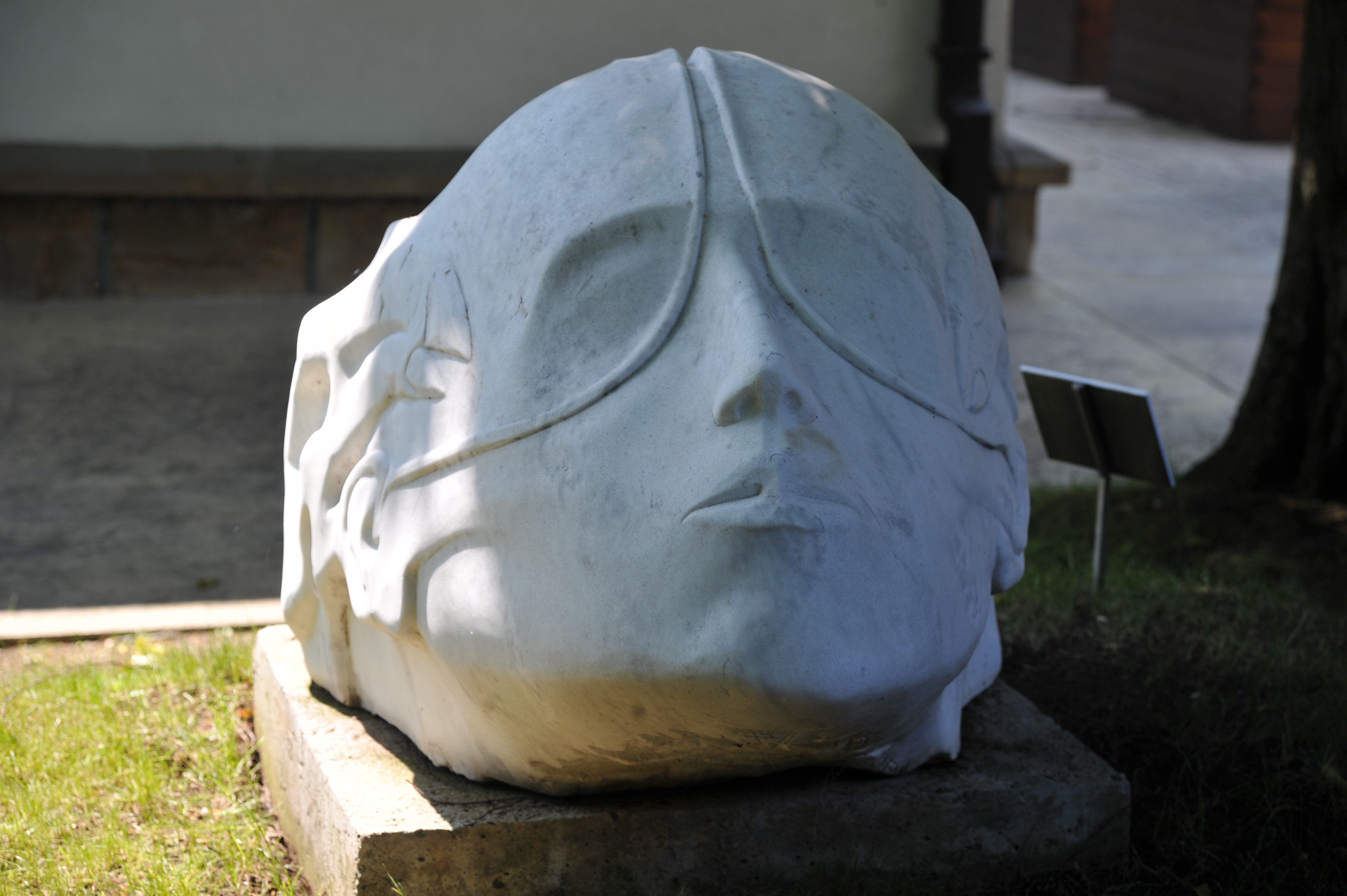
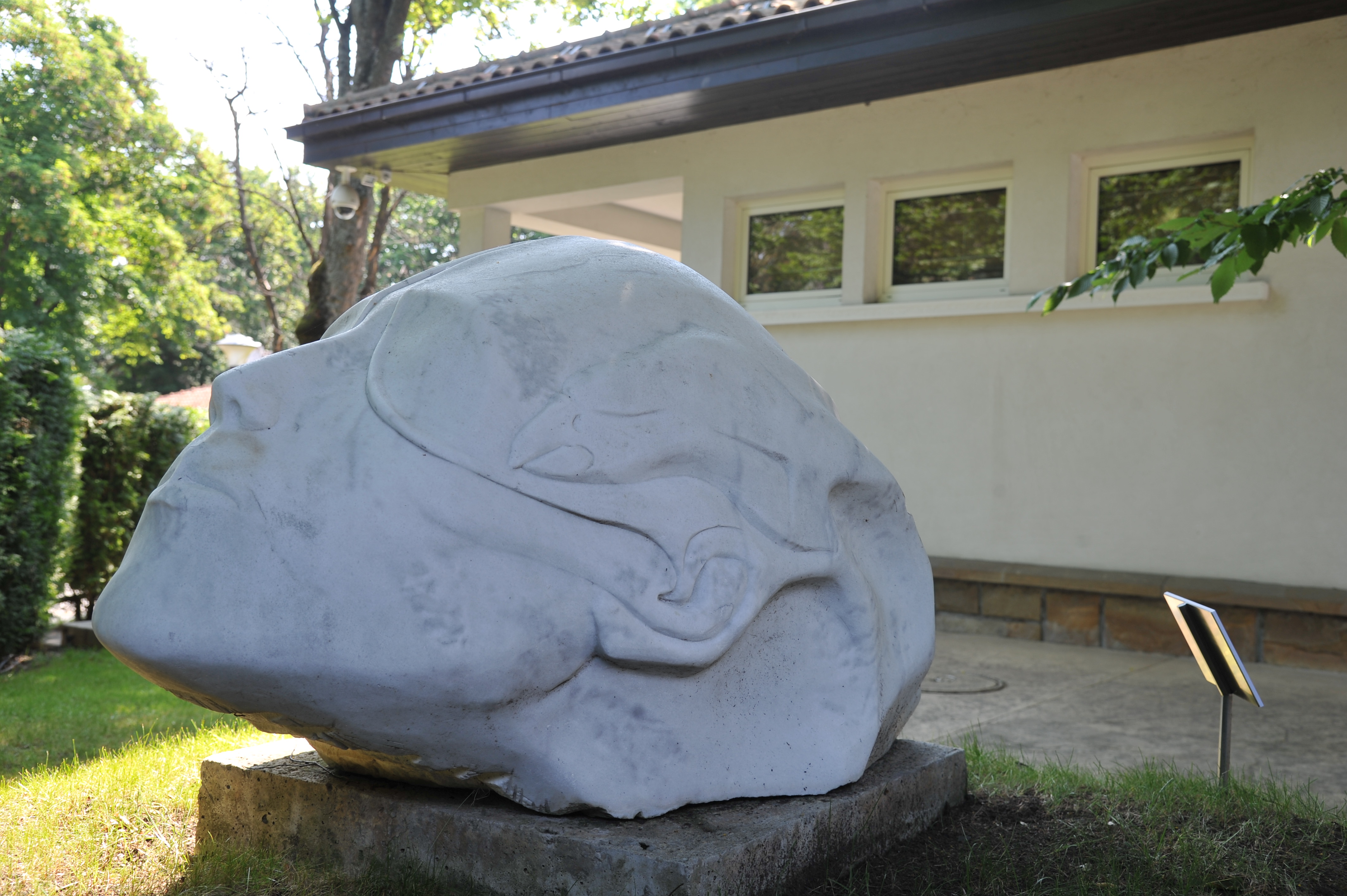
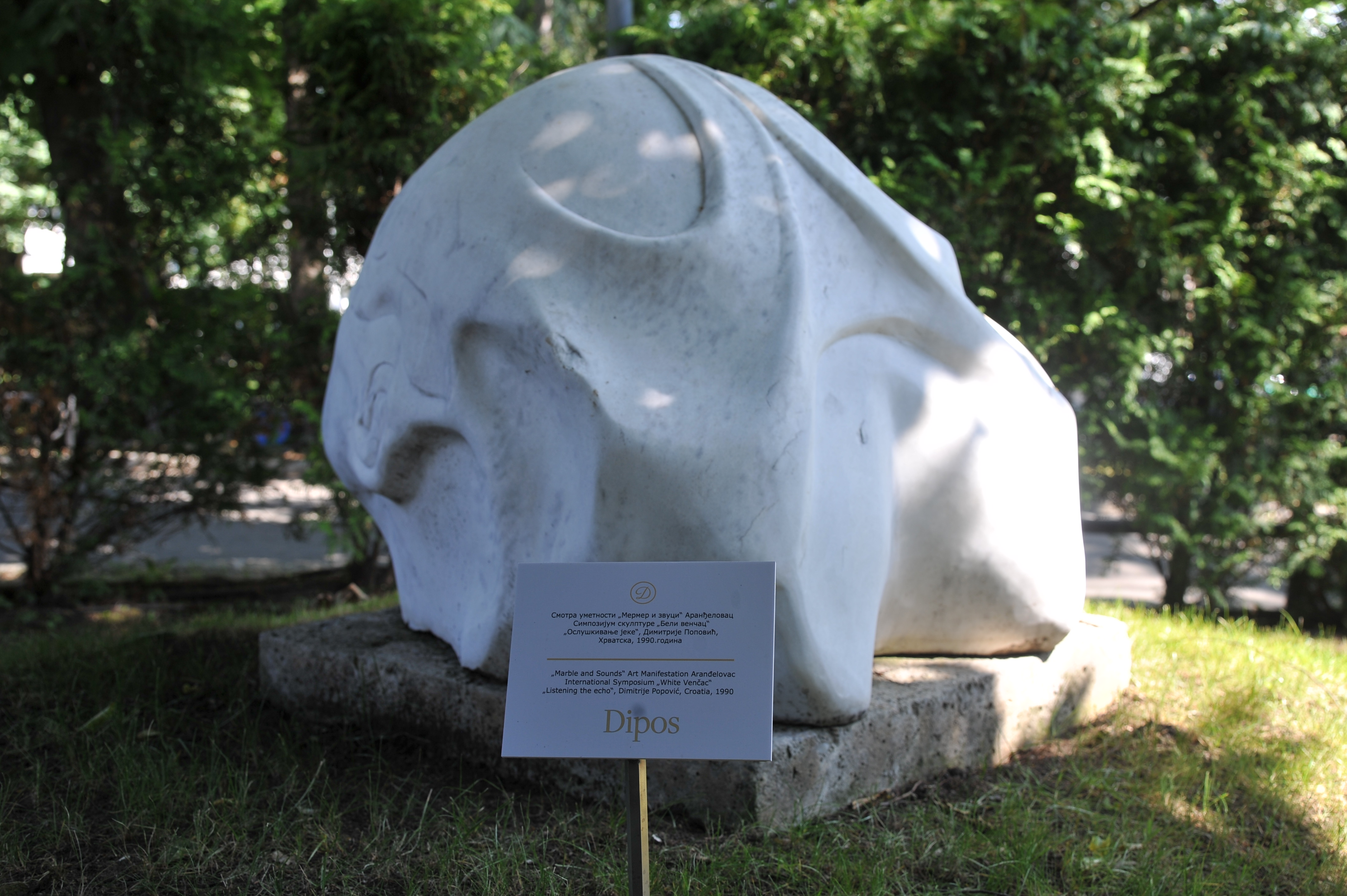

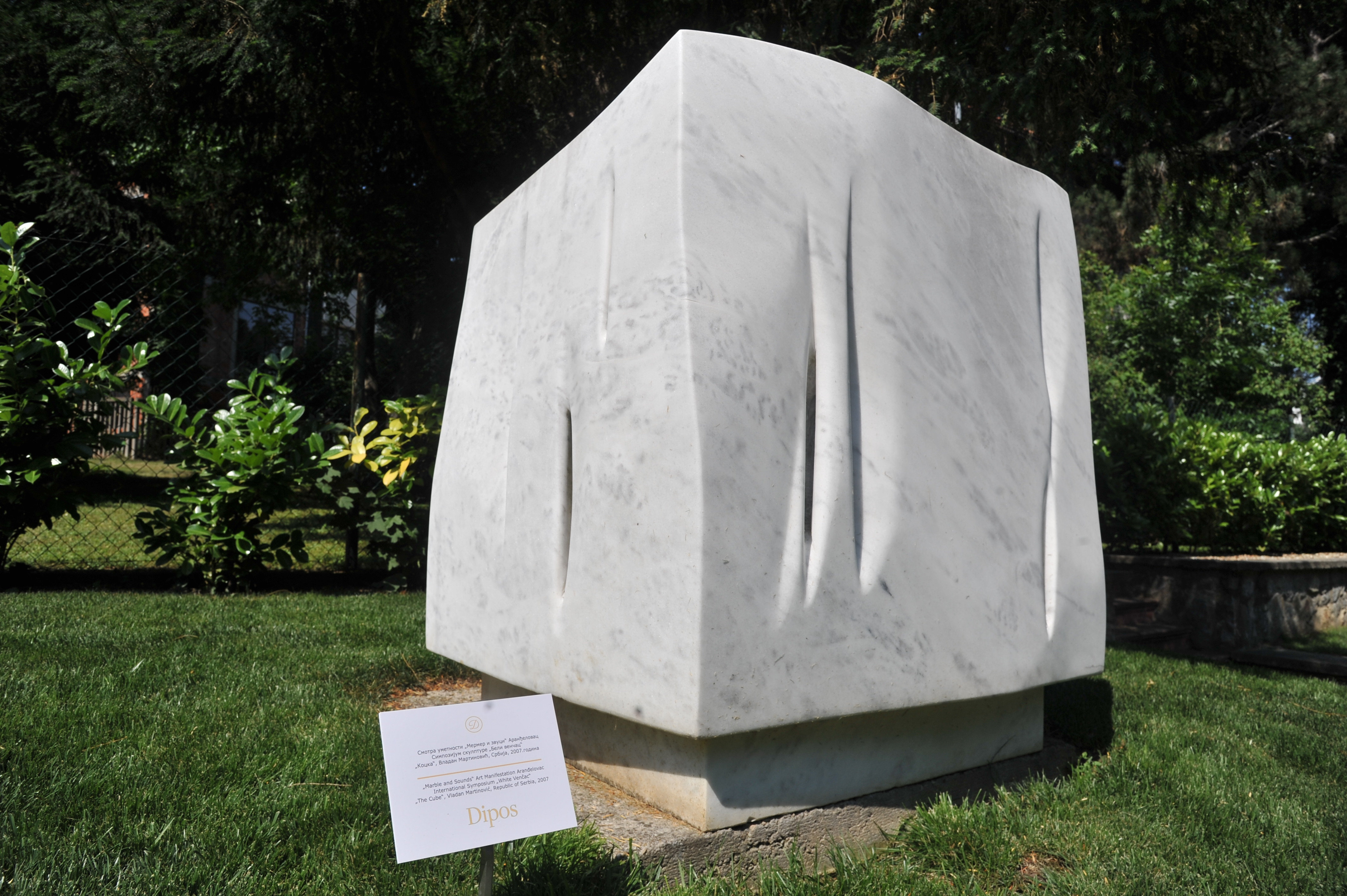

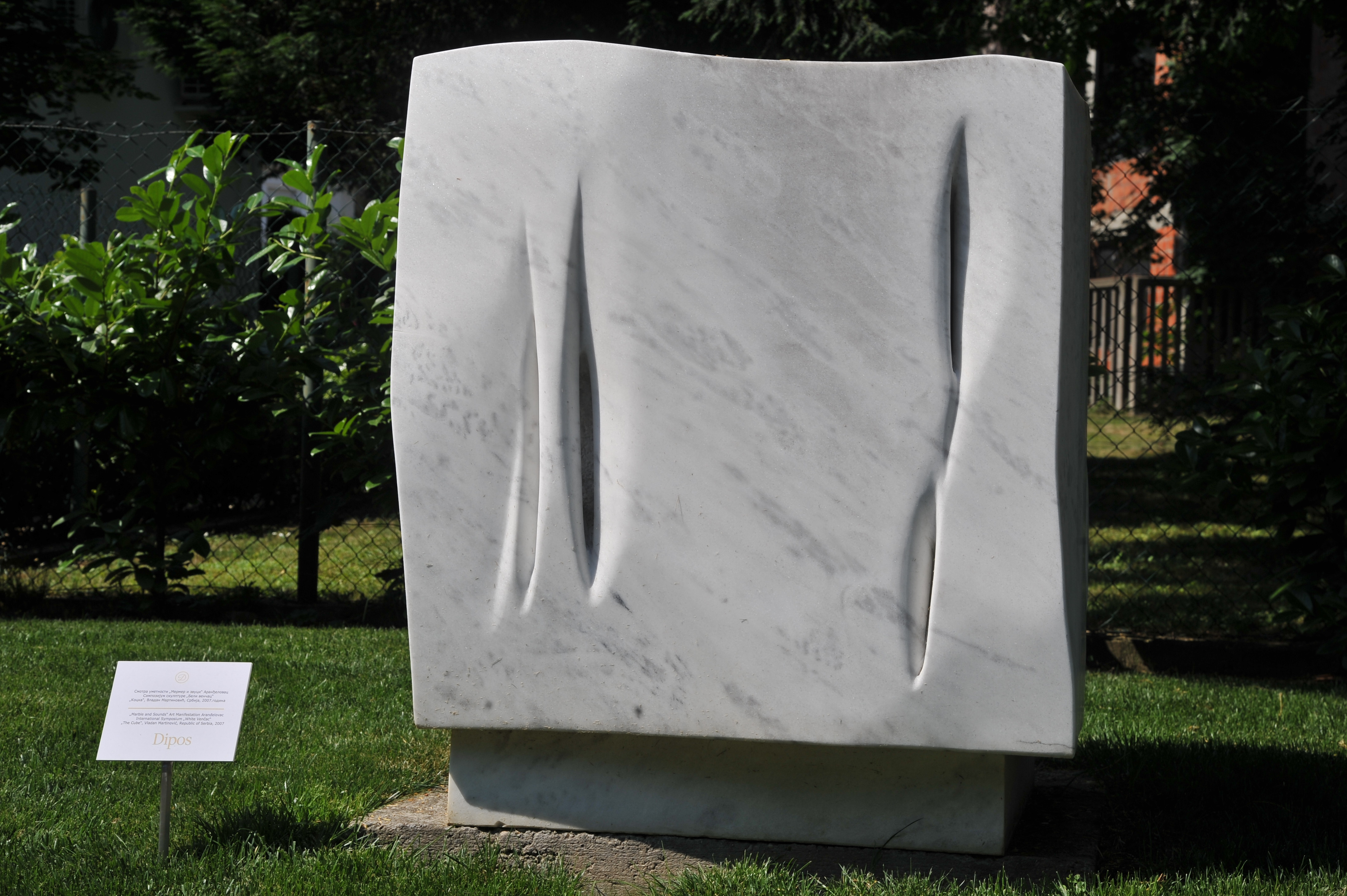
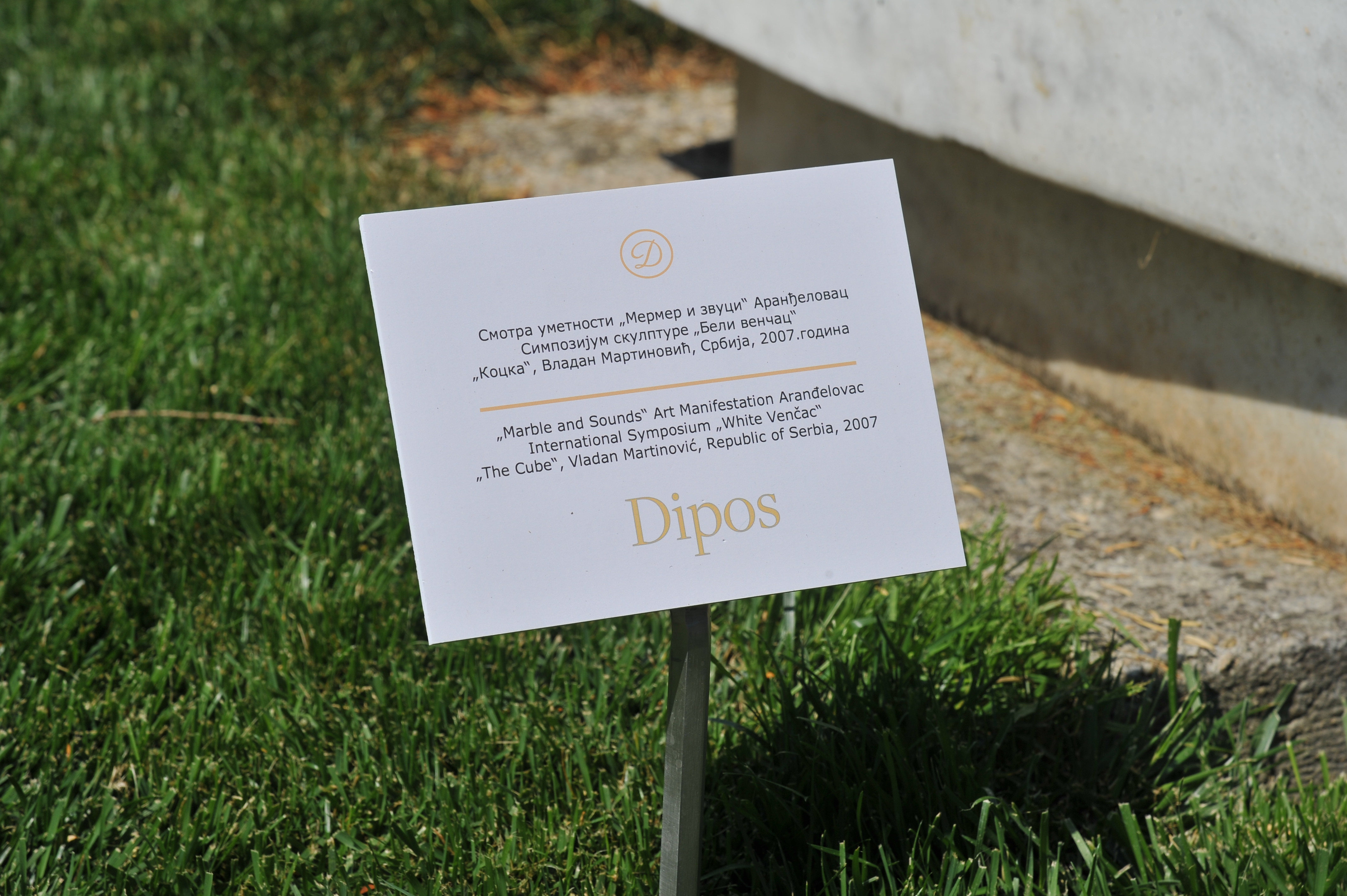
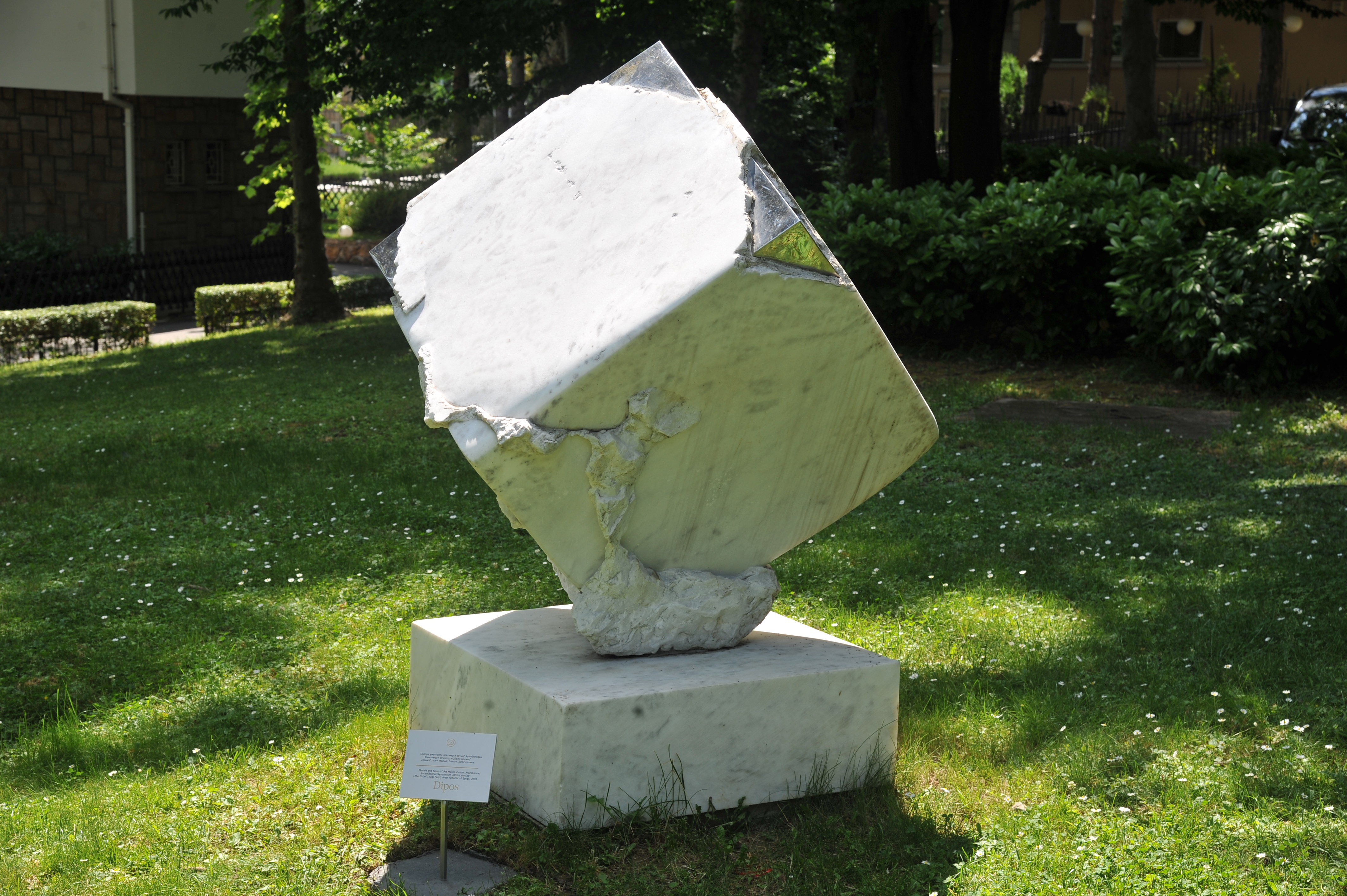
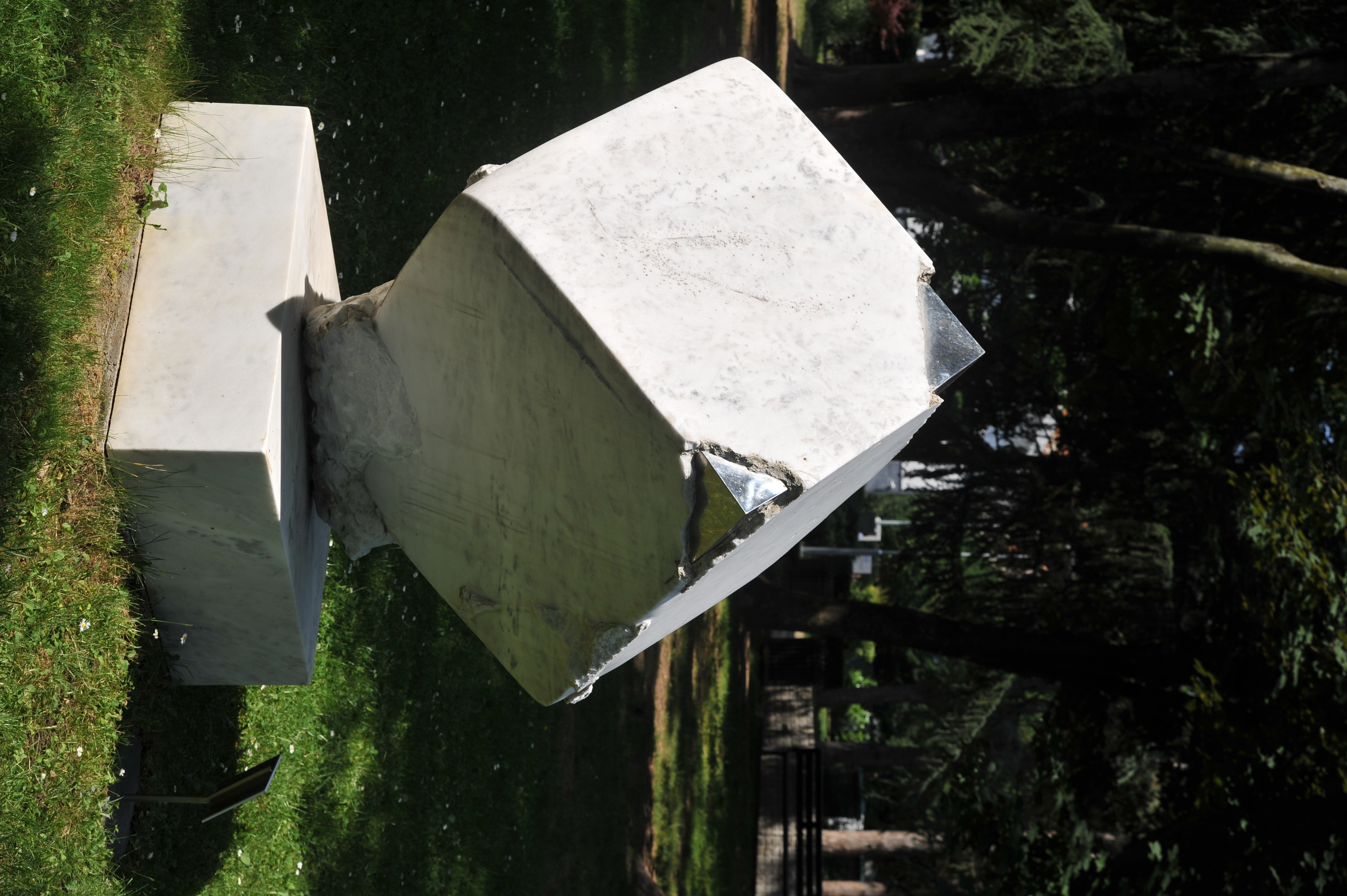
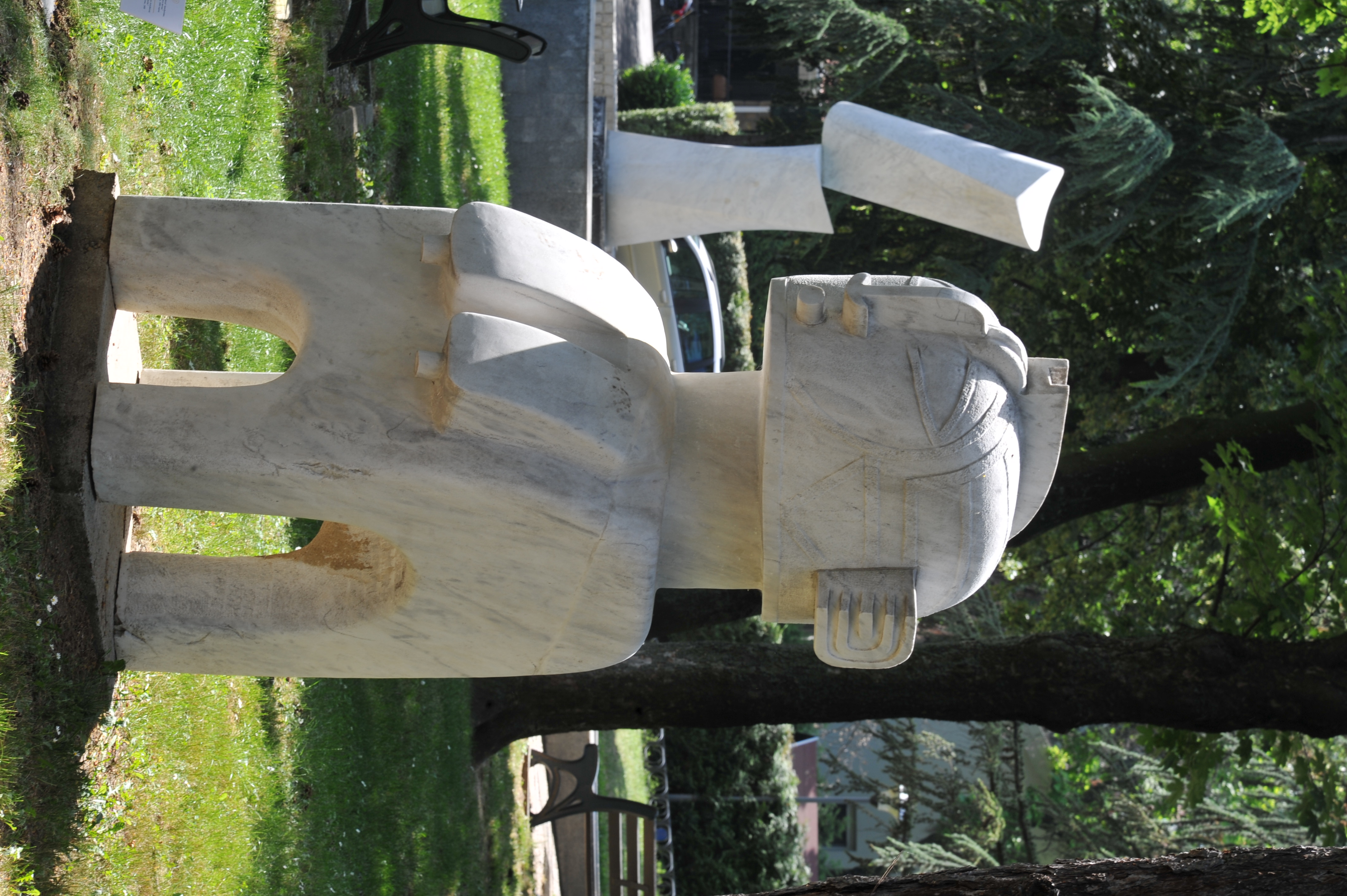

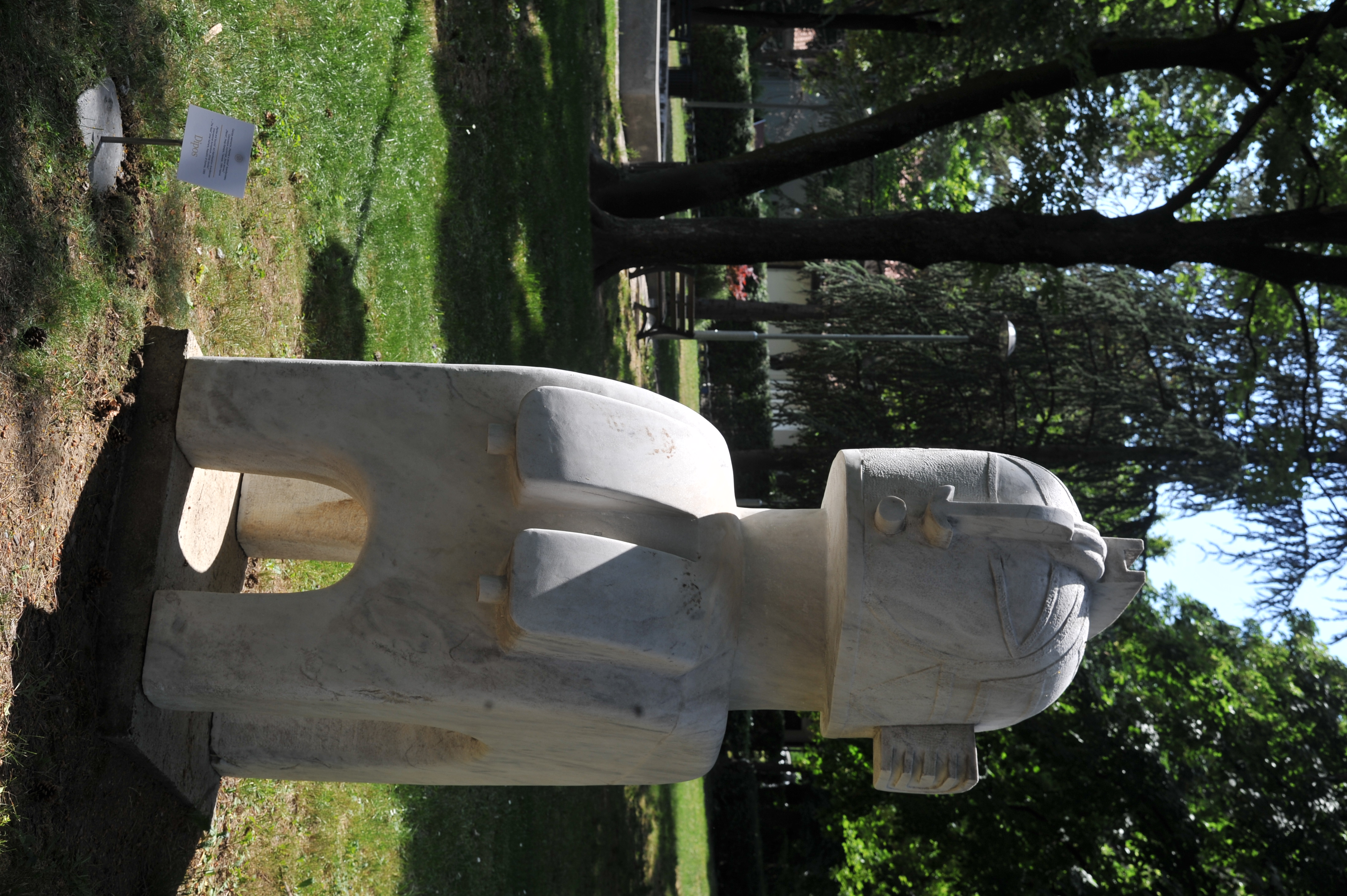
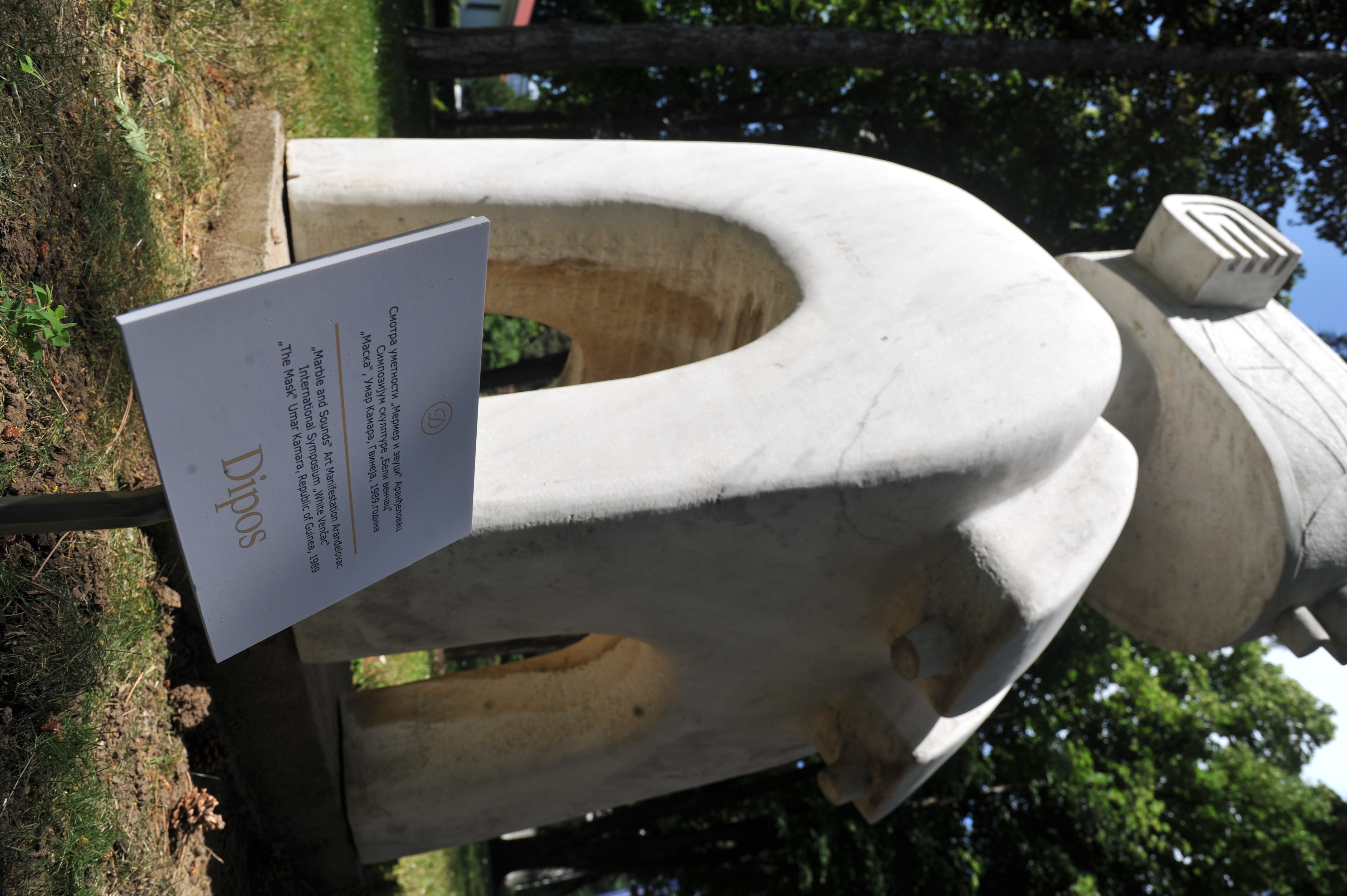







 2018
2018